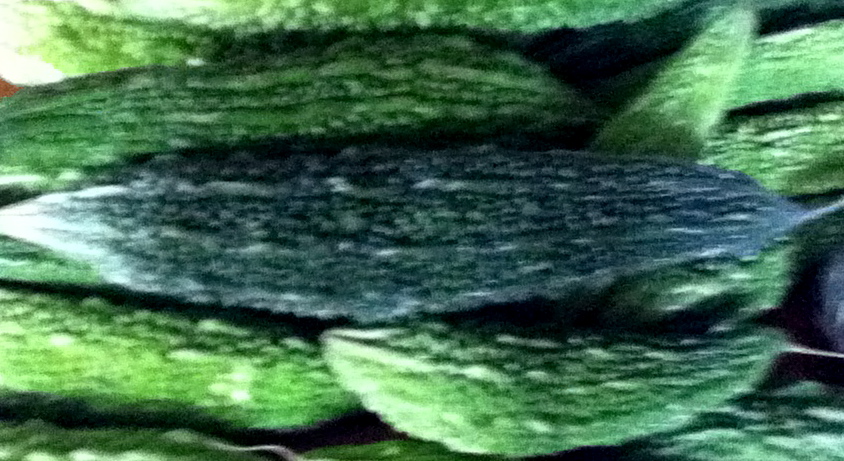Weeds
Grasses
Sedges
Broadleaf
Diseases
Fungal
Bacterial
Viral
Agro-ecology
The varietal and breeding
programs of bitter gourd are mostly done in Asian countries. Although, both hybrid and open-pollinated varieties are available worldwide. The hybrid seeds usually produce higher yields but are expensive because the seeds can not be used for replanting and their prices are usually controlled by the seed companies. Besides, improved and modern production technologies must be in placed. Whereas, the open-pollinated ones can be saved and used for future plantings and also for further breeding purposes. Several cultivars/varieties are grown by the farmers that varies in size, shape, color, yield, degree of bitterness, maturity and resistance to pests and diseases. The choice of the varieties grown by the farmers usually depends upon the market preferences of the consumers.
The soil condition is best determined by soil analysis. No matter what the the soil type is, apply the first side-dressing when the plants have 4-6 true leaves. Apply the subsequent fertilizers at a two-week interval (
AVRDC, 2003). Incorporate organic fertilizer into the soil before planting. A total of 184 kg N, 112 kg P2O5 and 124 kg K2O is needed per ha.
Bitter gourds need staking and trellising. Two weeks after planting, the vines and several lateral stems are prominent, of which many are unproductive. To prune, remove the lateral branches until the runner reaches the top of the trellis. Leave 4?6 laterals and cut the tip of the main runner to induce early flowering. Removal of lateral branches in the first 10 nodes has a positive increase in yield (AVRDC, 2003).
Fruit fly is bitter gourd's most destructive insect pest. This can be prevented by
bagging the fruits
and using
fruit fly traps and
pheromone traps.
Field sanitation is also important to prevent the recurrence of the pest.
External links
References
- CABI. (2000): Crop protection compendium. Global module, 2nd edition. CABI Publishing, Wallingford, UK.
- Ellis, B.; Bradley, F. (1996): The organic gardener's handbook of natural insect and disease control. Rodale Press. Emmaus, Pennsylvania.
- Gilberg, L. editor. (1993): Garden pests and diseases. Sunset books. Sunset Publishing Corporation, California.
- Gogi, D.; et.al. (2011): Integrated Management of Melon fruit fly in bitter gourd: Botanical, mechanical, cultural and chemical control. VDM Verlag Dr. Müller.
- Olkowski, W.; Daar, S.; Olkowski, H. (1995): The gardener?s guide to common-sense pest control. The Taunton Press. USA.
- Yepsen, R. Editor. (1984): The encyclopedia of natural insect and disease control. Rodale Press, Emmaus, PA.

